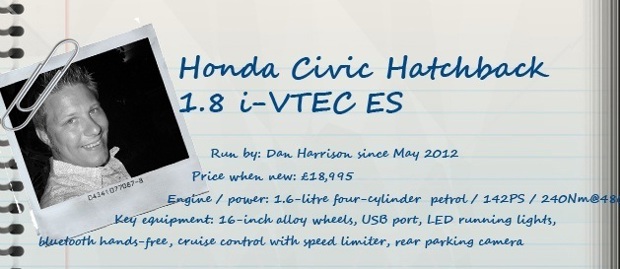Introducing The Honda Civic
The Civic has set the net alight with chatter - apparently. We're running one for six months t see what all the fuss is about.
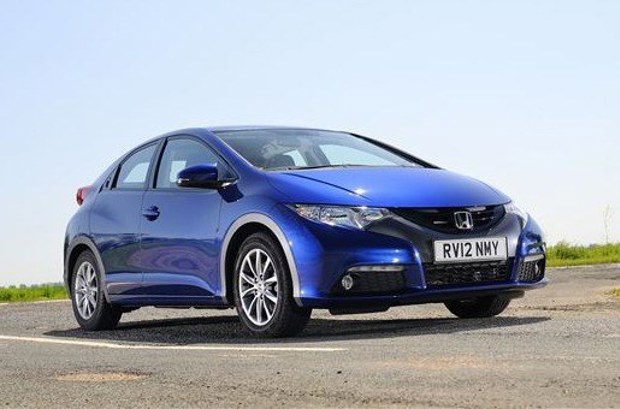
Date: 3 May 2012
The latest car join our fleet is this new generation Honda Civic. Launched earlier in the year, the Civic continues my trend for long term tests of models which are of most interest to you – users of Honestjohn.co.uk. Both the Yeti and Focus that I previously ran were firm and this Civic has already generated plenty of interest on the site. And, if the “Car Brand Index” I to be believed, we're not the only ones – its survey reckons that there's been more online chatter – on Facebook and Twitter – about the latest Civic, out-chatting the Ford Focus and Range Rover Evoque.
The previous-generation Civic caused quite a stir when it hit the showrooms back in 2006 and it took a little while to warm to its avantgarde looks. So Honda's played safe this time and gently evolved the design, rather than returning to the drawing board. I'll be looking at the details of what's happened in my next update. Under the bonnet, we've opted for the free-revving 1.8-litre i-TVEC petrol engine with 142bhp. Although there are two petrol engines on offer, the 1.4-litre – with just 100bhp – rules itself out for longer motorway runs. Performance should be well suited for longer trips with a 0-60mph time of 9.1 seconds and a top speed of 134mph; max torque is 174Nm at 4300rpm. It will be interesting to see if the Euro 5 engine lives up to the official figure of 47.1mpg. Evidence of other models in our Real MPG section suggests it could come close. Plenty of motorway miles should help with that.
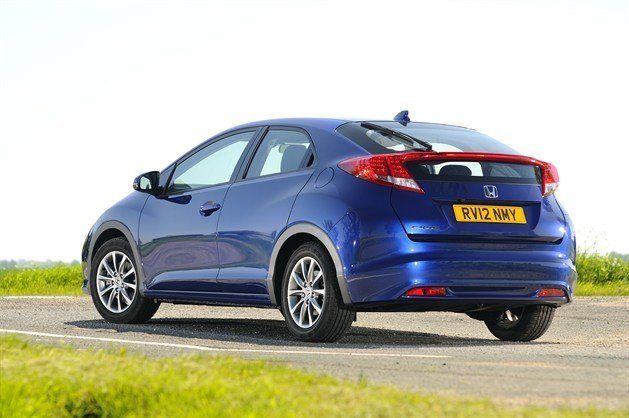
With the miles that I'm planning to cover in the next six months, a petrol should work out more cost effective for my circumstances but there is a 2.2-litre diesel on offer too. The official figure on this is 67.3mpg, though there's a significant premium on all trims, with the range-topper coming in at more than £26,500. For company car buyers, it comes in at £58 per month if you're a 20 per cent rate tax payer and £116 per month if you pay tax at 40 per cent.
This Civic is ES specification, which is mid-range. That makes it comfortable without being lavish and the list price is £18,995. Its specification includes climate control air conditioning, start-stop, economy mode switch, 16-inch alloy wheels, USB port, LED running lights, bluetooth hands-free, cruise control with speed limiter, rear parking camera, front fog lights, CAT1 alarm, automatic lights and wipers, leather steering wheel, armrest and alloy pedals.
One omission from the spec is satellite navigation (you need to go for an EX spec and above for that), so I'll also be testing out a TomTom GO LIVE 825 to see whether it's a more cost-effective option than the factory-fit sat nav.
New Honda Civic: Can You Tell The Difference?
At first glance, there isn't much difference between old and new Civics, but, under the surface there are some notable changes.
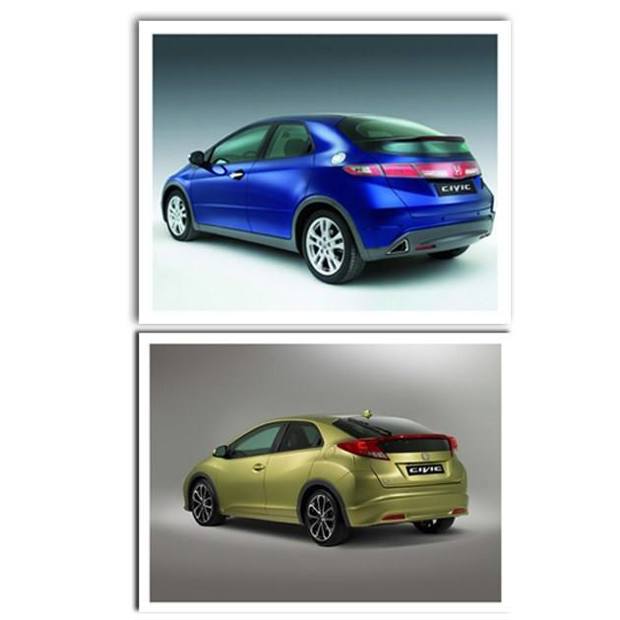
Date: 17 May 2012 | Current mileage: 1786 | Claimed economy: 47.1mpg | Actual economy: 40.1mpg
Out with the old and in with the new Civic. Not that you'd notice n first glance, anyway.
What's most notable about this ninth generation Civic is, err, just how much it looks like the previous one. Honda has stuck to the formula of the previous model and gently evolved the shape, rather than opting for a clean-sheet design.
But there are a number of key differences if you know where to look. It's lower and wider for a start, for a better aerodynamic profile. In turn this should help deliver improved fuel economy. At the back there's a new brake light and indicator cluster design that's arguably the most obvious difference over the old model. Again, this is said to bring aerodynamic improvements. And – for the first time – there's a rear wiper. With the restricted view out of the split rear screen, it needs all the help it can get. This was a real problem with the old Civic and I'm pleased to see that they've now sorted it.
If you're looking for tel-tale signs to tell the difference between the two generations, look at the back of the car. The new one has a significantly re-designed back-end, with the taillights integrated into the spoiler. It's cleaner, less fussy and also looses details like the triangular exhuasts and silver-effect fuel filler lid. It also has more conventional door handles.

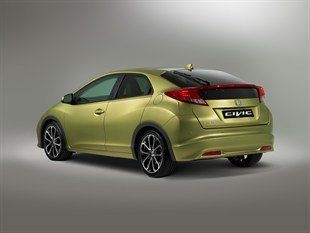
The 'gently evolved and refined' theme continues inside. It's clear, logical and has a 'no-nonsense' feel to it. The instrumentation is now cowled and more prominent and many of the dials and switches that surrounded them in the old car have now been moved to more conventional positions. The double-decker effect of instruments and LED read-ous remains, but is much more subtle than before.
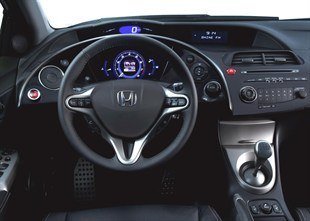
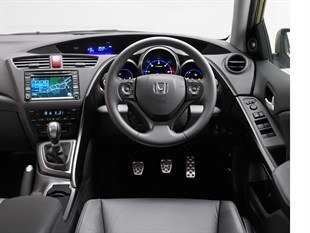
Out on the road, it's more refined and controlled than before with new fluid-filled compliance bushings for improved rear suspension damping and an H-Beam trailing arm with higher rigidity than even the old Type R model. The lower and wider shape gives better crosswind stability, too.
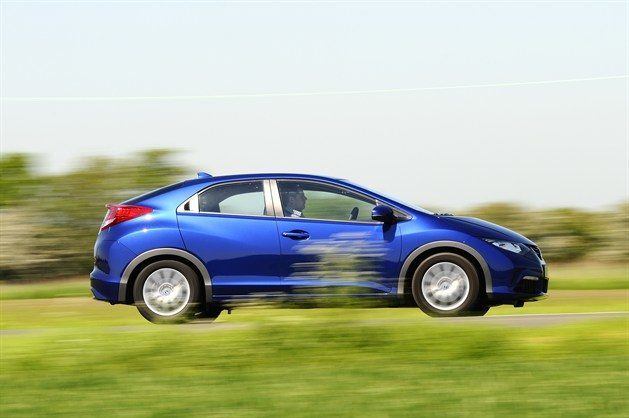
Small Details Sorted?
It's the small things that can delight or irritate when you run a car over a longer period. So how does the Civic do?
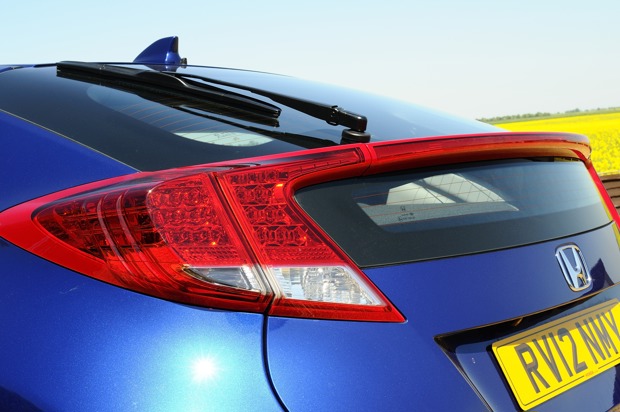
Date: 5 June 2012
They say that the devil is in the detail. And that's so often the case with cars – it's the small, simple features that can really stand out. That was the case with the Skoda Yeti that I had last year. As with all Skodas, it has a clip for your parking ticket. Costs pennies to include, but makes life that little bit easier.
And it's one of these details that Honda has sorted for this new generation Civic – there's finally a rear windscreen wiper. And what a difference it makes. The sloped roof and integrated spoiler has never been great for rear visibility (in fact it's been pretty poor), but this was made even worse when it rained. Although the water was supposed to run off the rear screen without any need for a wiper, it just never really worked like that in the real world. So this time round, the view out of the back has been improved and it finally features a wiper - something that should have been there all along.
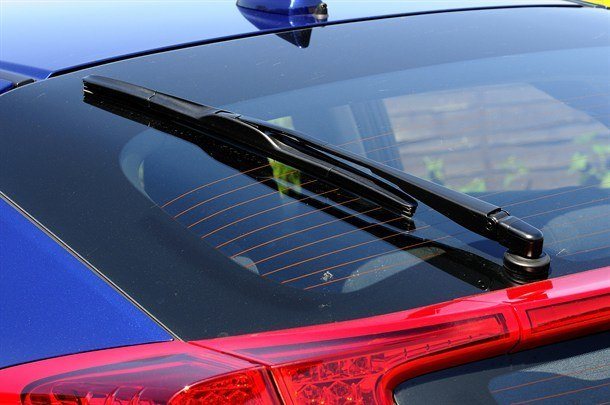
But there is something else that's started to grate - I just can't work out why the fuel filler release is positioned where it is. It's in the driver's footwell n a panel to the right of the accelerator. I don't know of any other manufacturer that does this. All the others are opened by either pushing the fuel filler lid or by pushing a more conveniently-located button. There have been a few times - usually in the dark or when I'm in a hurry - when I've accidentally pulled the bonnet release instead. Plus, it doesn't seem particuarly well-sited for lder drivers (I'm relatively young and find it a bit of a pain...)
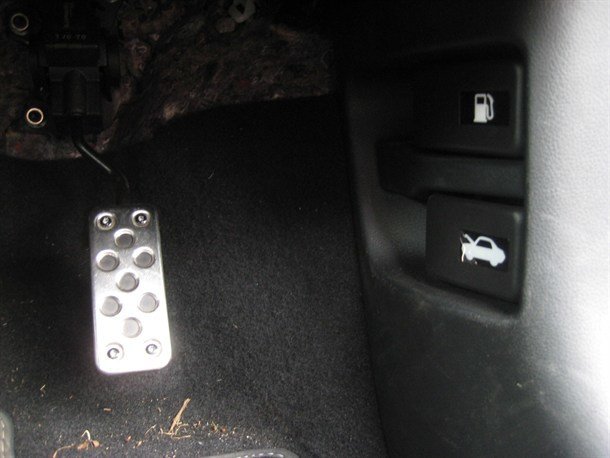
It's a similar story with the on-board tech. It's great having USB fucntionality as an aux-in for music, but it appears to be incompatible with USB sticks that have a memory greater than 4gb. Plus, it's impossible to browse tracks to choose a folder of songs - you have you have to go through each, one at a time.
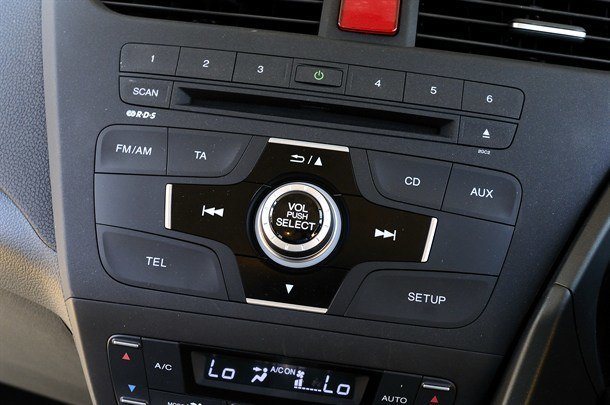
On the plus side, though, the steering wheel mounted controls are great to use on the move with that reassuring 'click' that you expect from well-made switchgear.
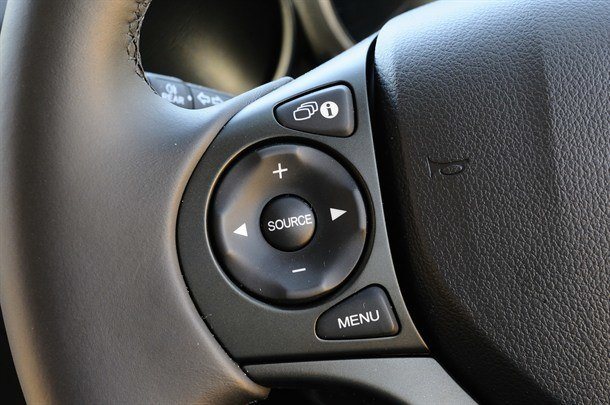
Magic seats are ... errr... magic
Civic finally gets the 'fold-up' seats that have been so popular in the Jazz for years.
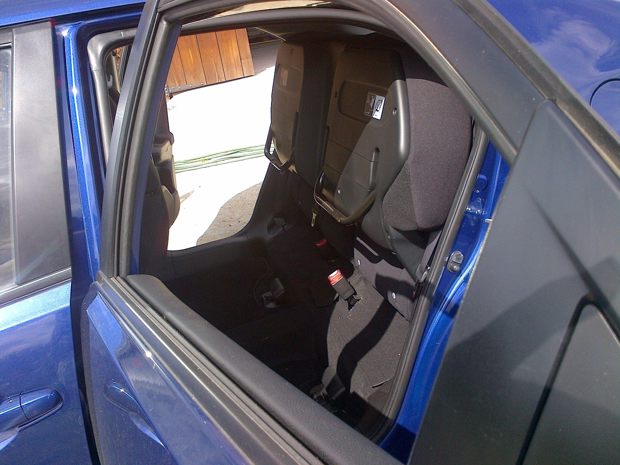
Date: 23 August 2012
One feature that's always been popular on the Honda Jazz are its 'magic seats' in the back.
They've been a standard item in the Jazz since it launched back in 2002 and since they've been available on the larger Civic, they've become a stand-out feature in the Civic and gives it a practicality edge over its rivals,
If you're unfamiliar with Honda's excellent 'magic seats', then the concept is beautifully simple, even if the engineering behind it isn't: the seat squab bases can be folded upwards to free up floor space for large, bulky items. That means you have a choice. You can still conventionally fold the seats to increase bootspace, but you also have the option of keeping those seatbacks in place and folding the squabs upwards. They then lock into place so that they don't fall back down when you're on the move.
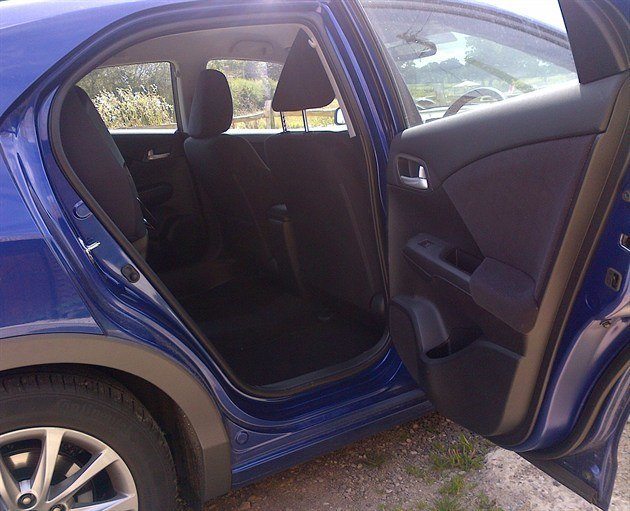
For me, personally, this feature has been a hugely useful. Within seconds the Civic can be transformed from everyday hatch into a car that has near-MPV levels of space. It's surprising just how much space there is and how practical the Civic becomes. Especially so if you're planning a wedding - we were able to pick up the drinks for our wedding from a local vineyard in just a few short trips, thanks to those 'magic seats' (see below)
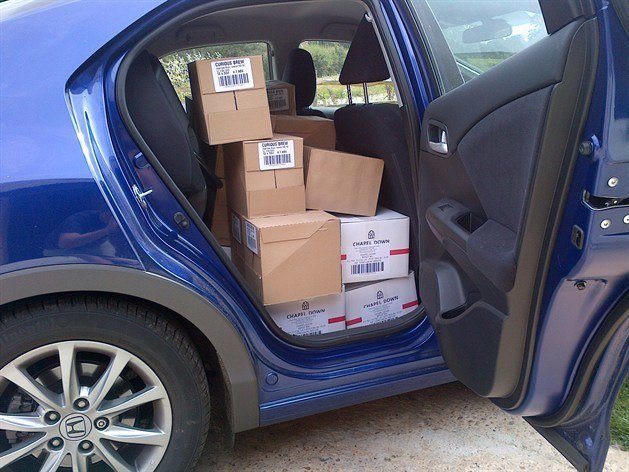
Sat Nav: Built-in or TomTom, which is the smarter option?
I've decided to so without sat nav on my latest car to see if the TomTom 825 Live is a realistic alternative.
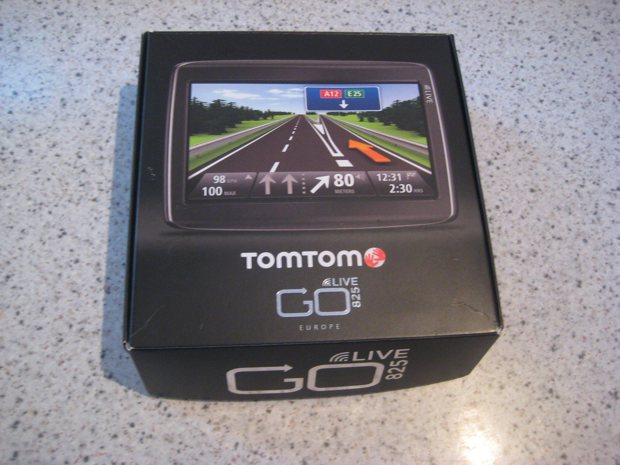
Date: 19 September 2012
In the past I've regularly had built-in sat-navs in my car. But this time round, things are a little different.
Instead of going for Honda's built-in unit, I've decided to live with a TomTom 825 Live, which at around £200 (depending on the retailer), is rather a snip compared with the £675 that Honda wants for its compact system and the £2000 for the fully integrated system. But is the TomTom up to the job, or is it a false economy?
This TomTom is what's called 'connected'. In a nutshell, it means that it'll keep up up-to-date with traffic jams (with detailed information on delays and how long you'll be held up for), show the current locations of speed cameras (including mobile and fixed), integrates with Google Local Search to pinpoint local businesses and shows weather forecasts. You may well wonder how it manages to keep all of that updated – these Live versions of TomTom's sat navs have a built-in SIM card. You get a year's subscription included in the cost, but after that it's £47/year. But that is at least enough time to work out whether it's worth forking out for every 12 months. If driving is your job, £4 per month is probably something of a bargain for the time (and potentially missed appointments) that it will save you.
Drivers can also enter addresses through the speech-recognition technology, while built-in Bluetooth allows you to make calls on the move and there's 4GB of internal flash memory.

The TomTom 825 Live comes in a small box, but on first opening it's rather impressive. The unit itself – with a 13cm (just over 5-inches) 480 x 272 pixel touchscreen display – takes up the majority of the contents. The 'sucker' mounting arm is built into the unit (which means you can't lose it), so the only other bits in the box are a USB lead/12V in-car charger and small user guide. Before using it, I downloaded the latest update via tomtom.com/getstarted, which was quick and simple. I also allowed it to charge, so that I didn't have to mess round with charging cables on the move.
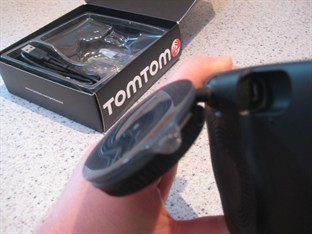 |
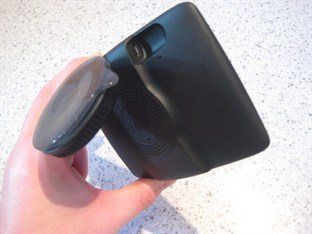 |
Mounting it into the car is easier than before thanks to a re-designed mounting arm. The ball-joint pivot means that it swivels 180 degrees and there's an optional dash-mount that you can buy too. The unit itself has just one button, which is to turn it off and on, and everything else is done on-screen. It's a very easy user-interface to navigate and the features that you use most are the easiest to find and use, which is a huge improvement on TomToms of old. It's smarter, more logical and very intuitive. The touch-screen part takes a bit of getting used to. It's not as responsive as a mobile phone or tablet and requires firm, definite finger-stabs.
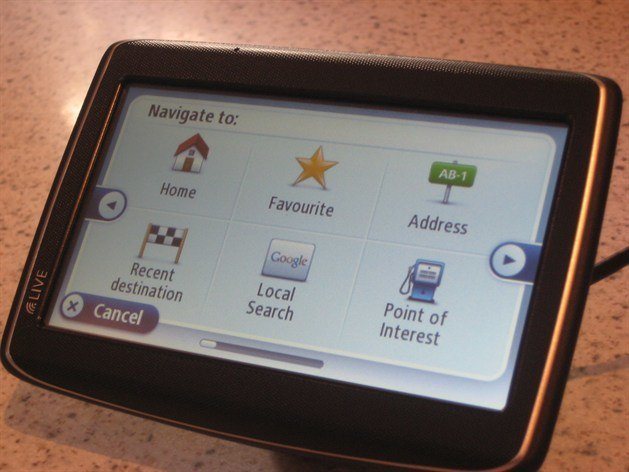
But that's only a small gripe and doesn't really affect the overall experience. Once on, the first thing that the TomTom 825 Live presents you with is a map. Press it to navigate to your destination, where there are several options, including Home (though not a great idea, in case the TomTom is stolen), favourites and address (with postcode support). At this point, you can also use the Google Local Search functionality if you're looking for a local business. Enter an address and it quickly works out the route – there's very little hanging around and it's no slower than even some of the best built-in systems that I've used over the years. You'll then get details of the length of your trip and – crucially – any accidents en route. Another neat touch is that you can set the departure time (in 15 minute increments) to see if it makes an impact on your arrival time.
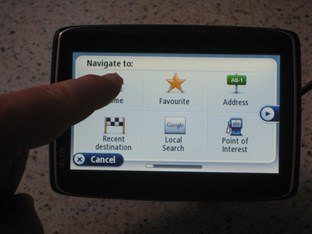 |
 |
When you're out and about it works well, very well in fact. It generally keeps up well with the car and has accurate placing, even on remote backroads. Voice instructions are another new feature on the latest TomToms, which are not only useful for making precise turns, but it's something else that used to give built-in manufacturer options the edge – not any longer. Another feature that it's pinched from those built-in units is how it handles motorway junctions, with flashing orange arrows to indicate which lane that you should be in. This is especially useful when motorways merge and split.
The matte coating came into its own on both the sunny days that we had over this summer and greatly reduced glare; it remained easy to read at all times.
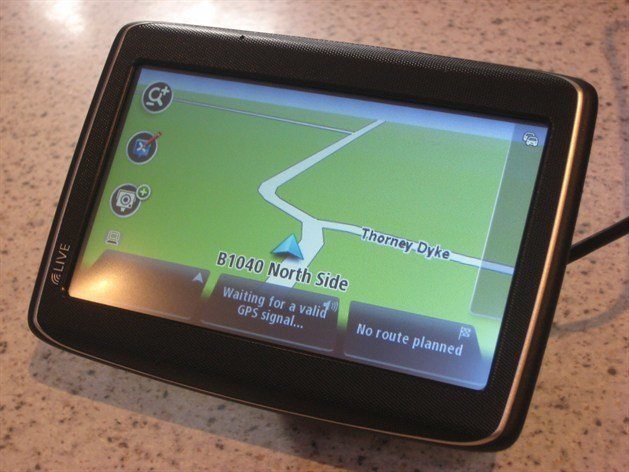
This latest generation sat nav is very impressive, packing in many of the features that I'd expect from a built-in sat nav system. What many people don't realise is that when you spend £1500 or s on a sat nav, when specified as an option, you only get a proportion of that back when you come to sell. Options depreciate in the same way that the car's value does. So, after three years or so, that sat nav will add only a fraction of what you paid for it to its overall value. You'll certainly have lost more than this TomTom's £200 price tag.
It means that this TomTom makes a convincing case in place of a built-in system. It comes packed with features that used to give manufacturer systems the edge and is clever and clear enough to make it worth buying over using a sat nav app on a mobile phone. That is for now at least.

